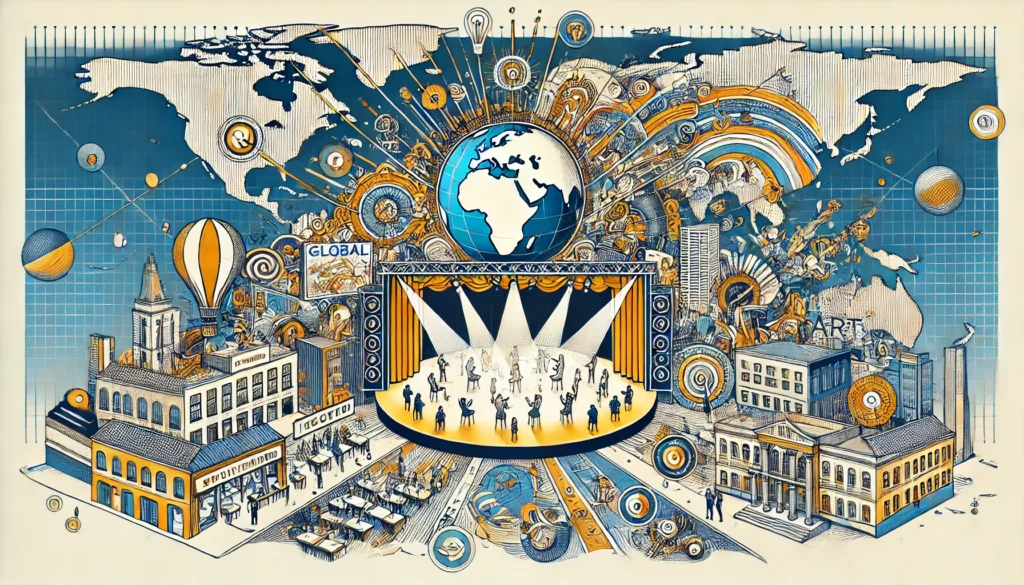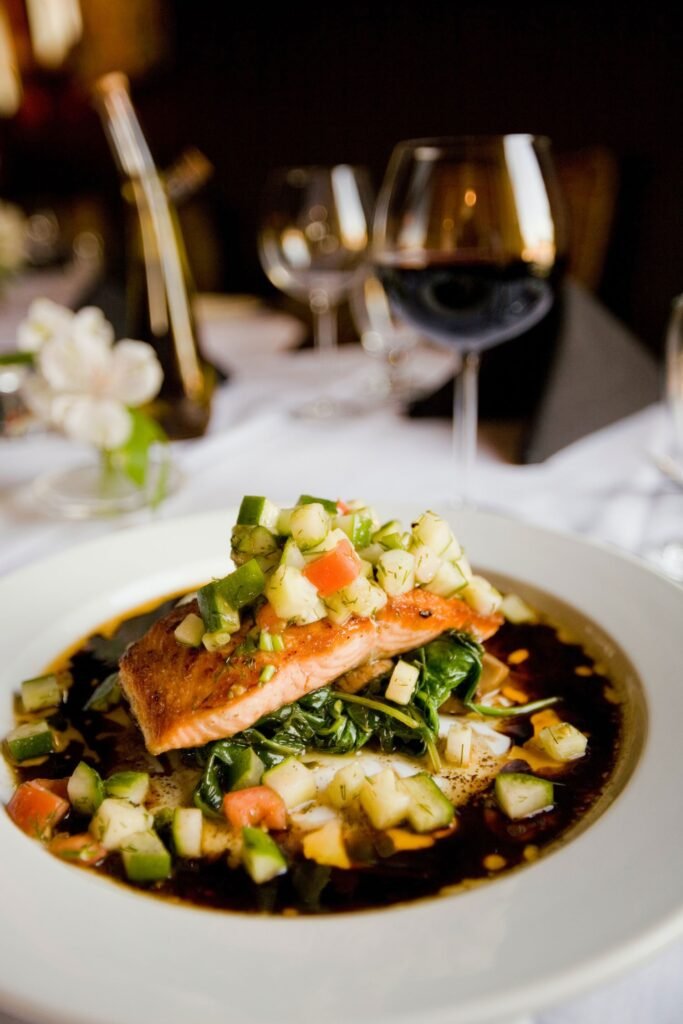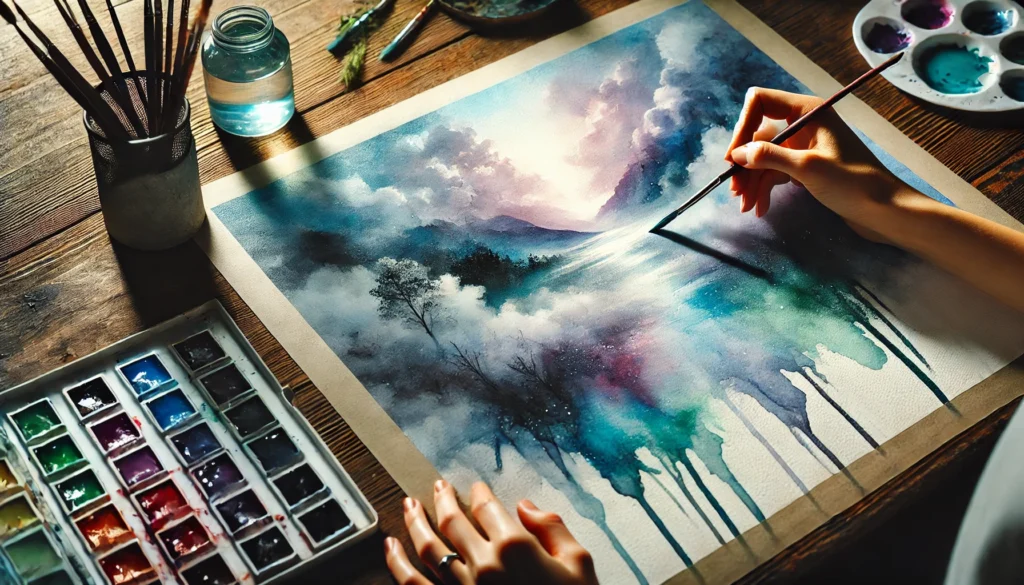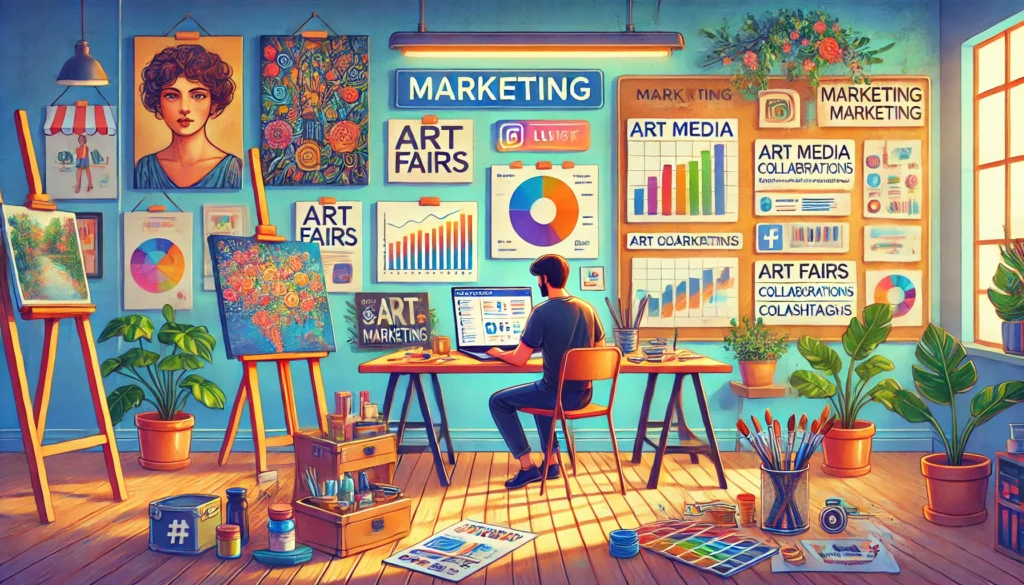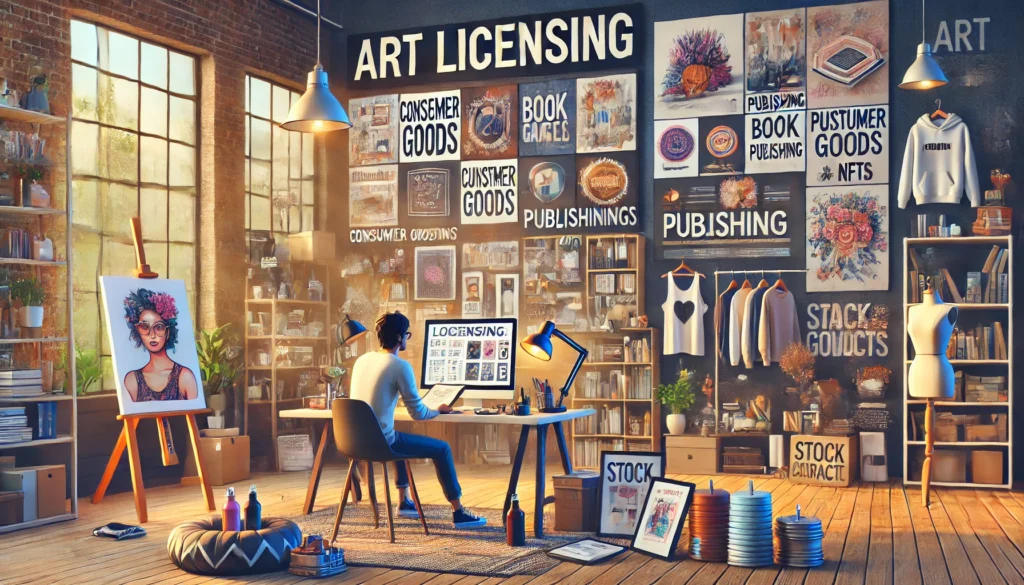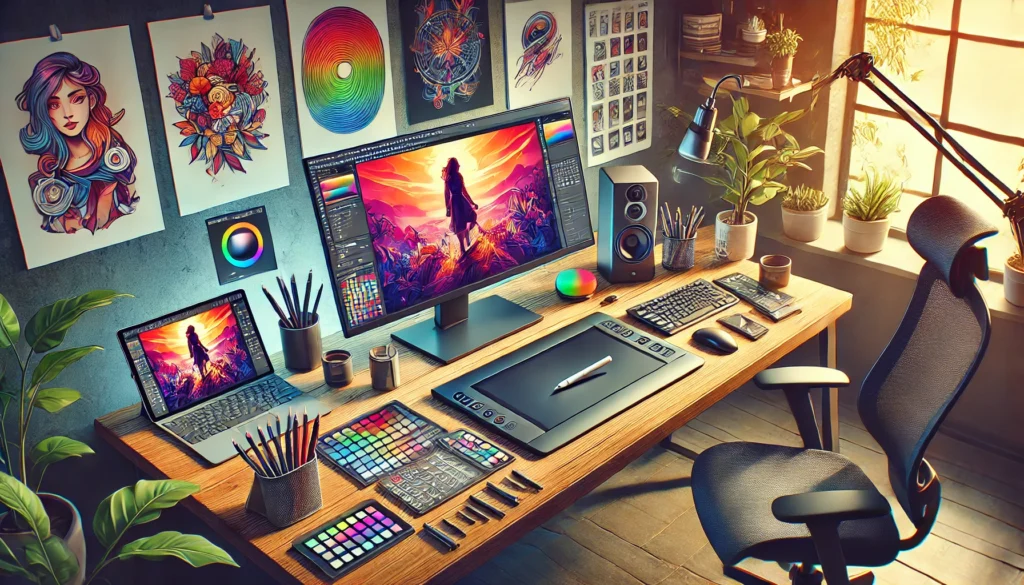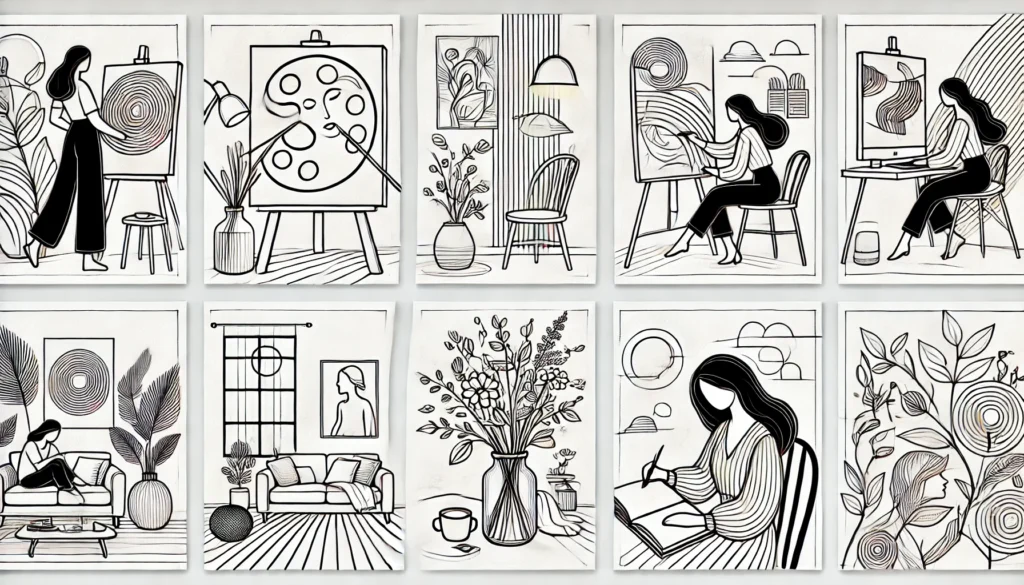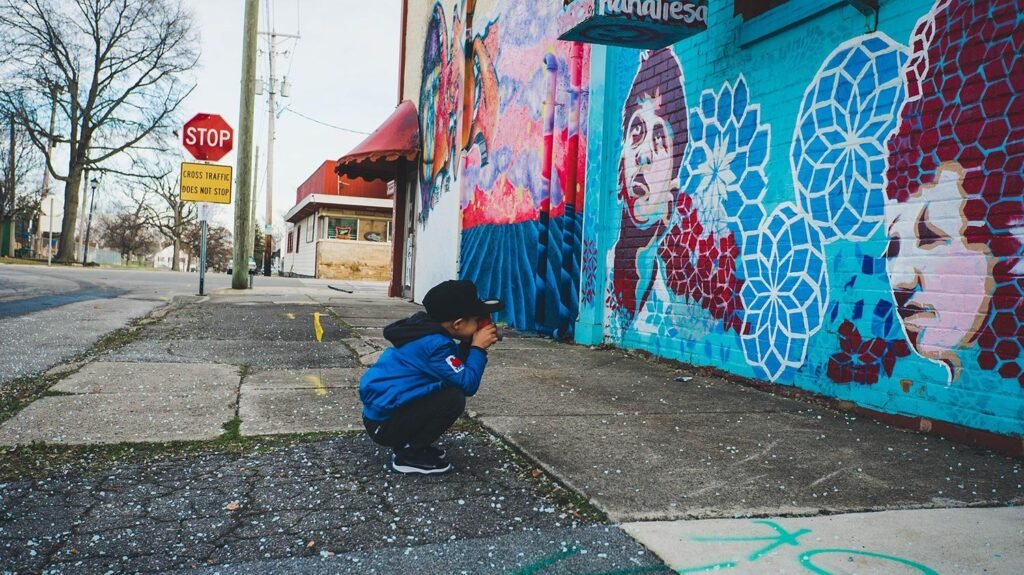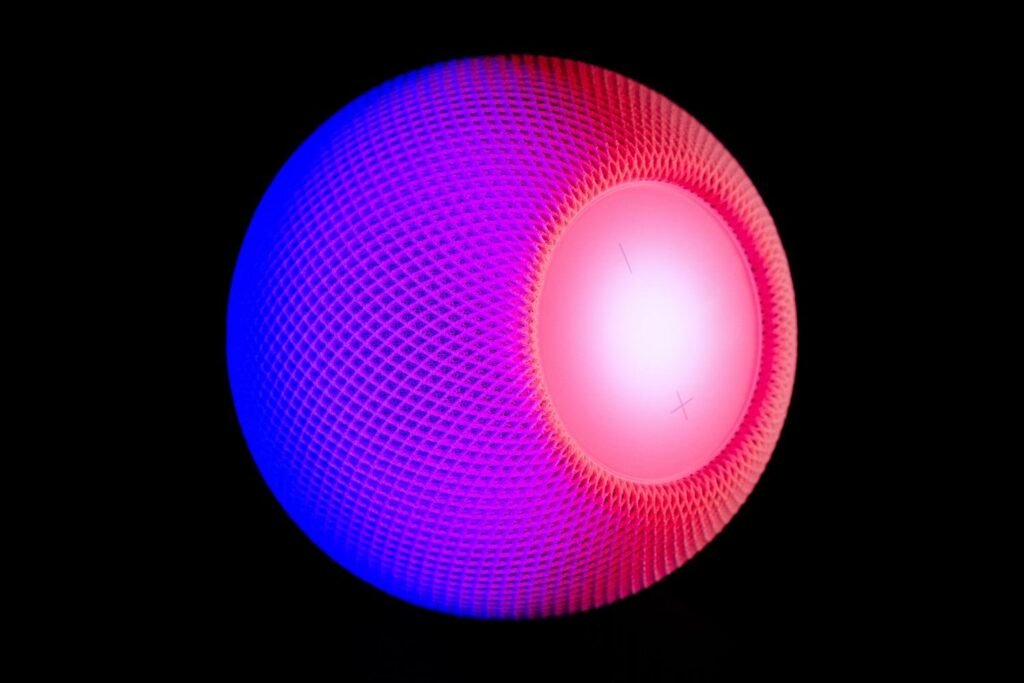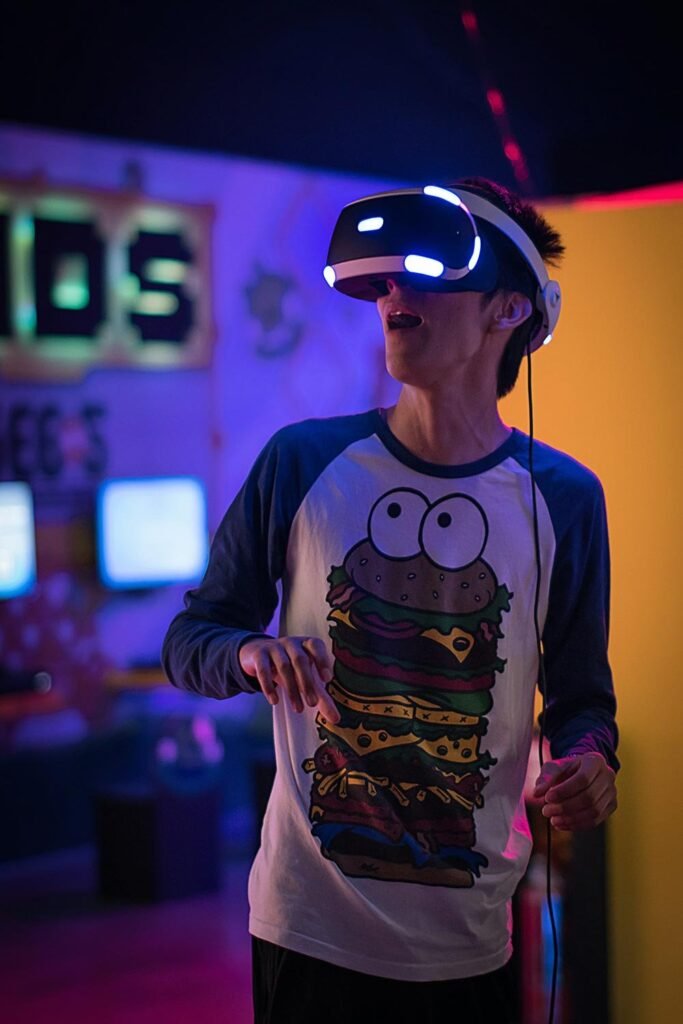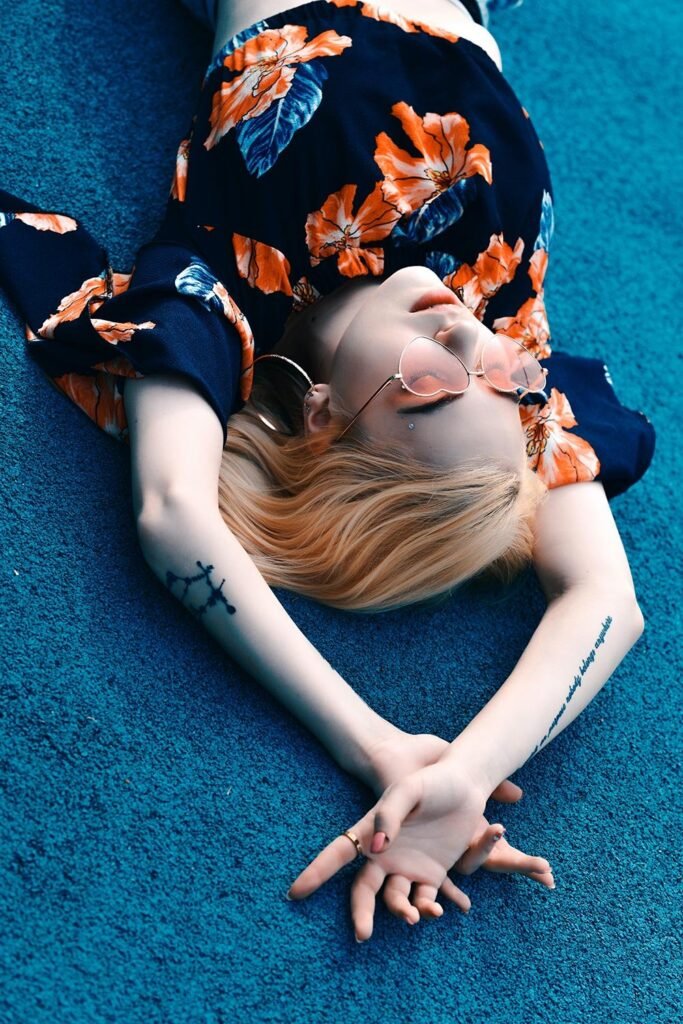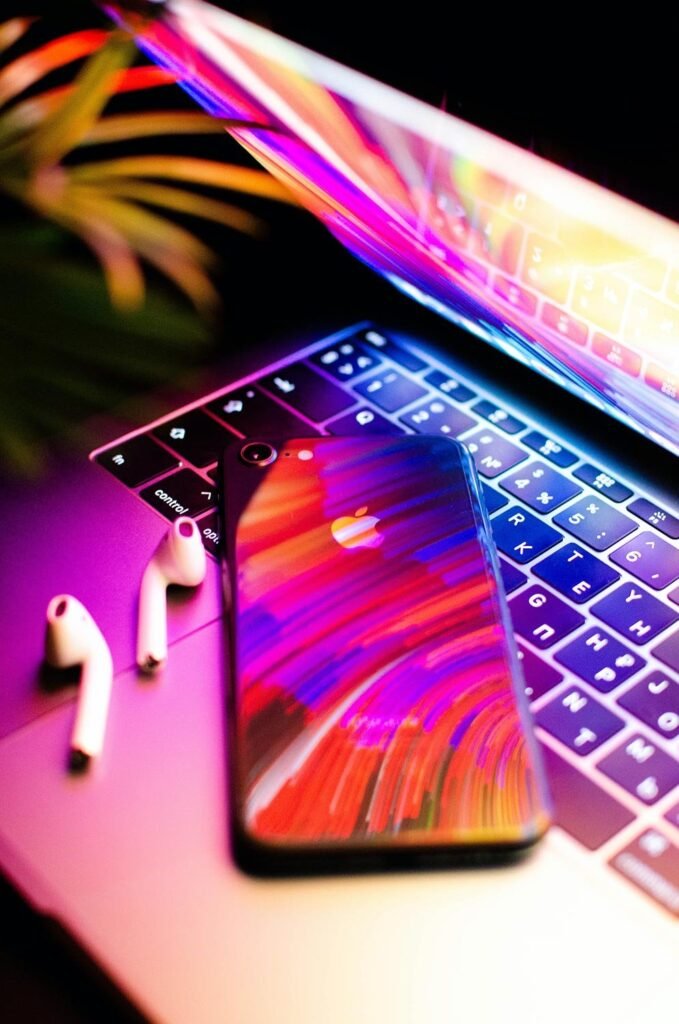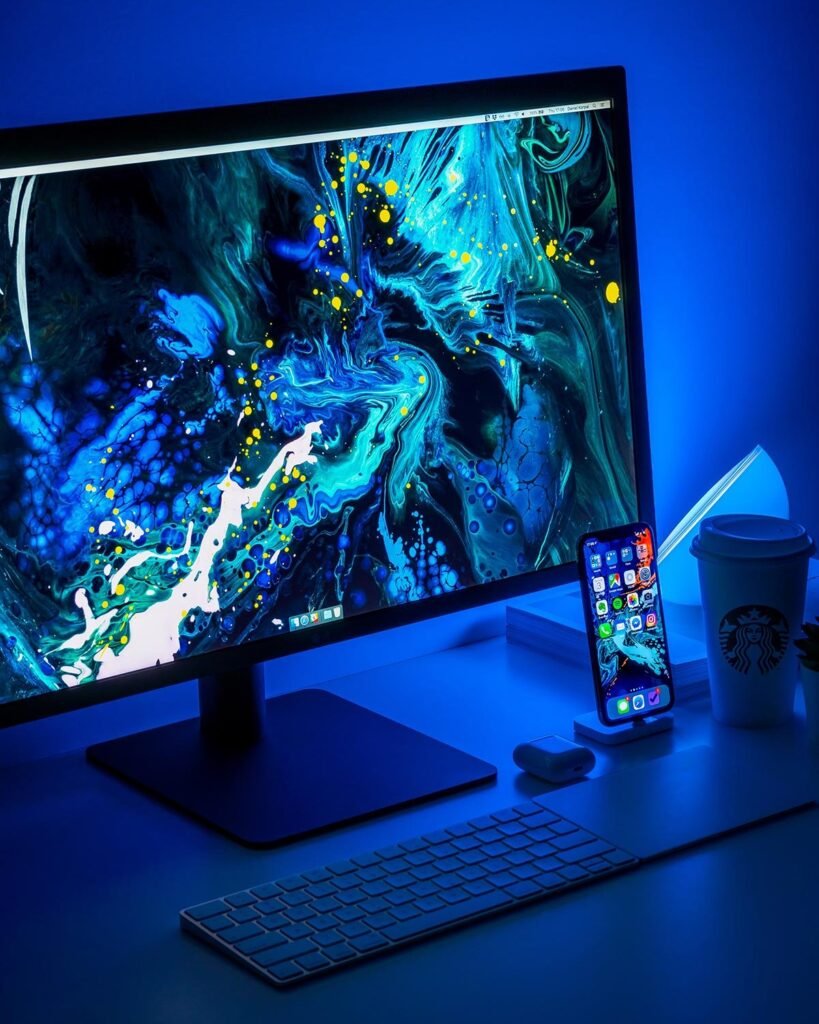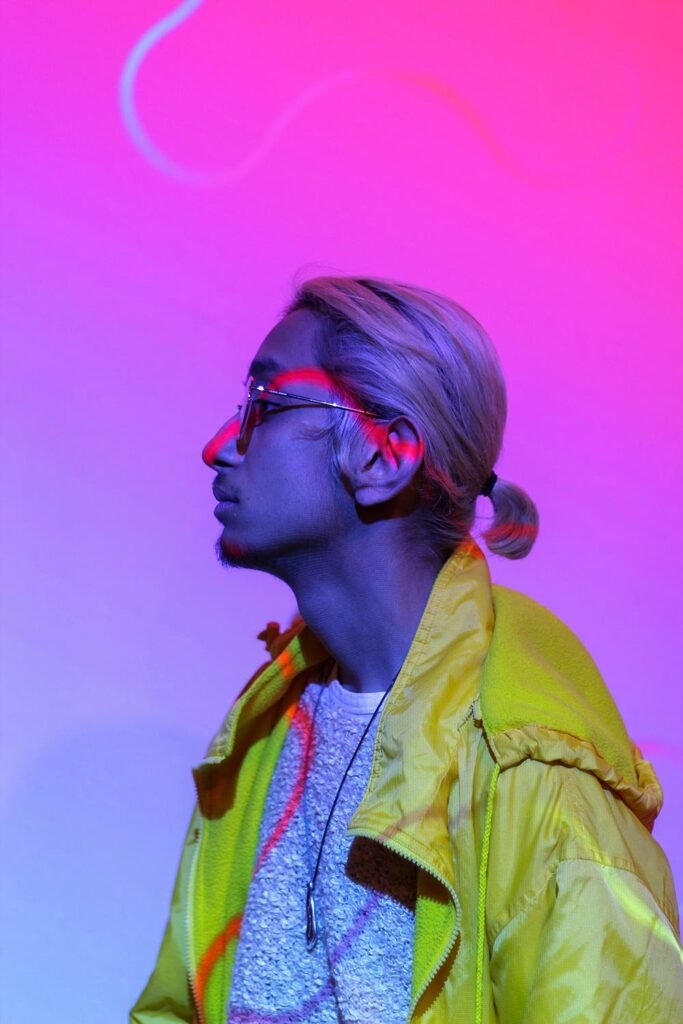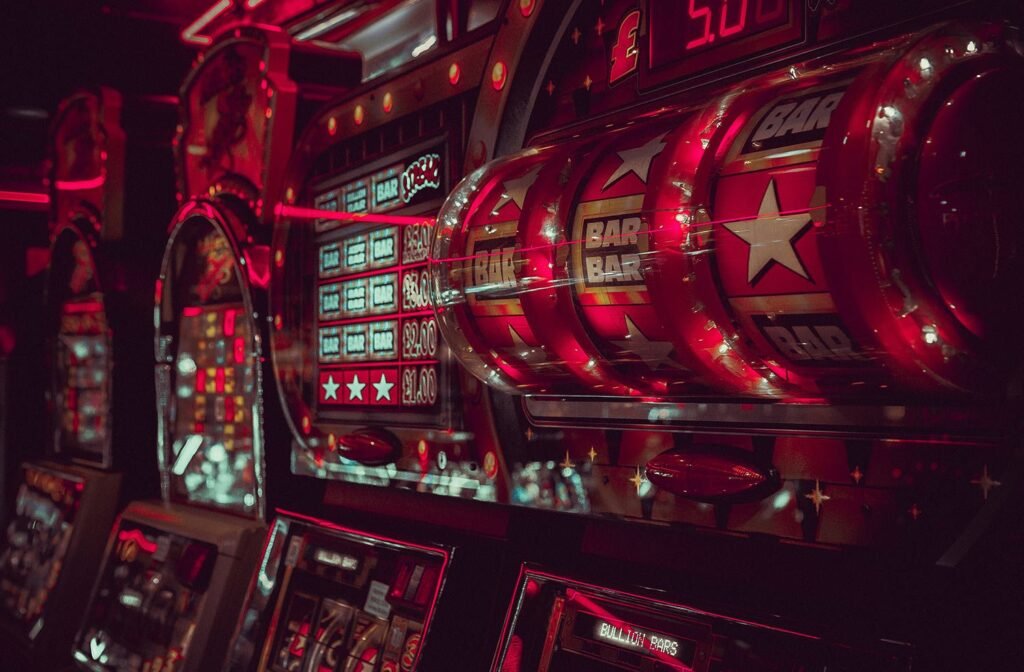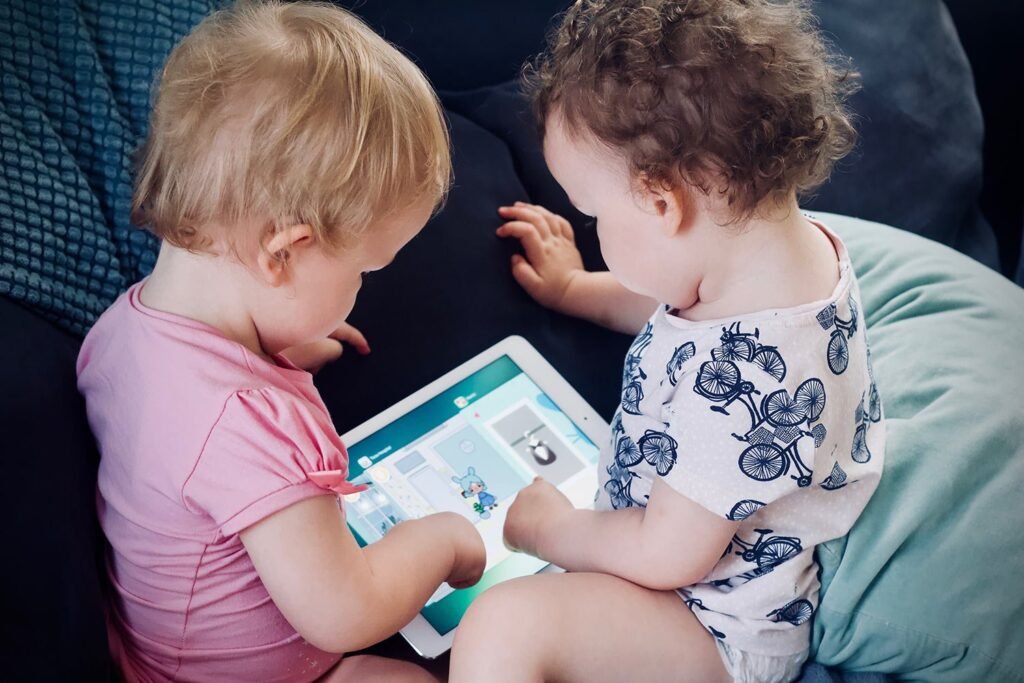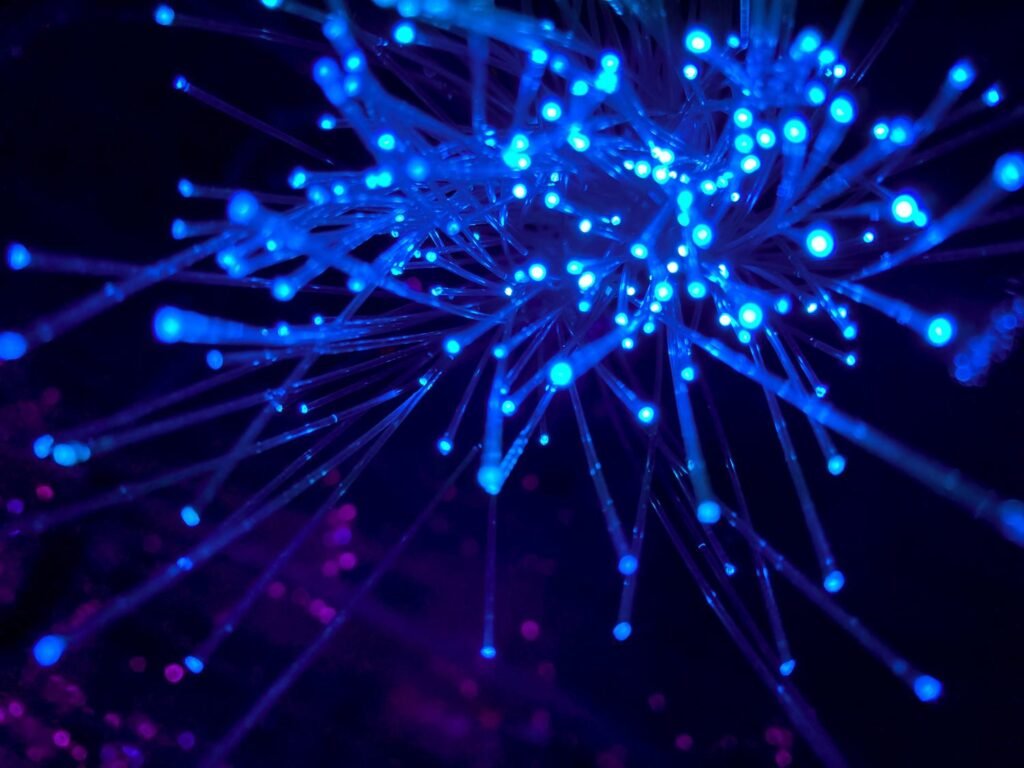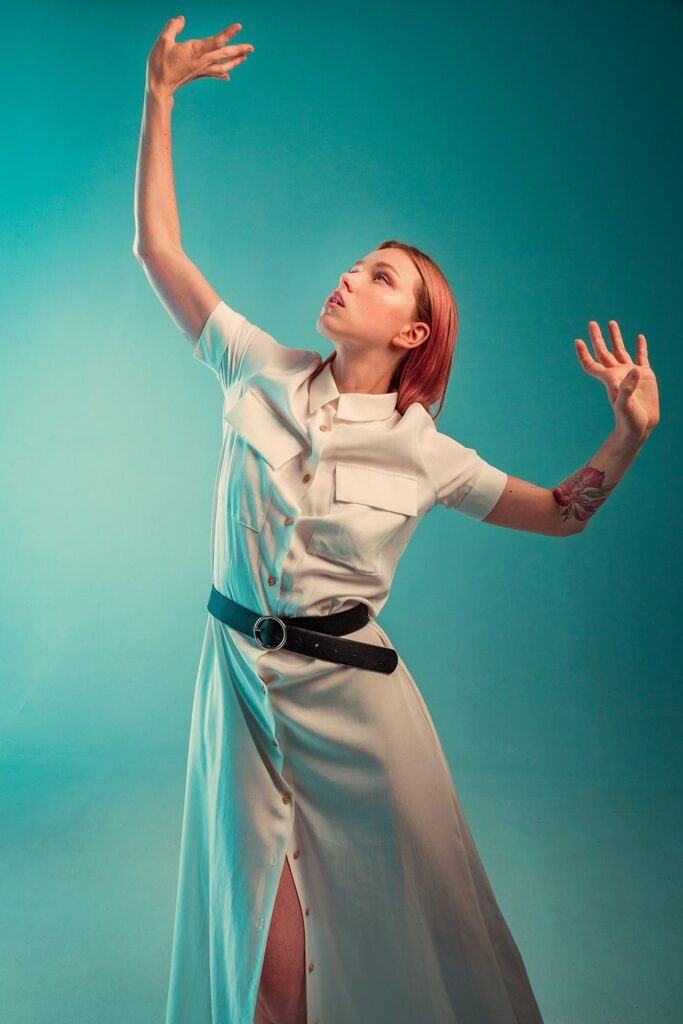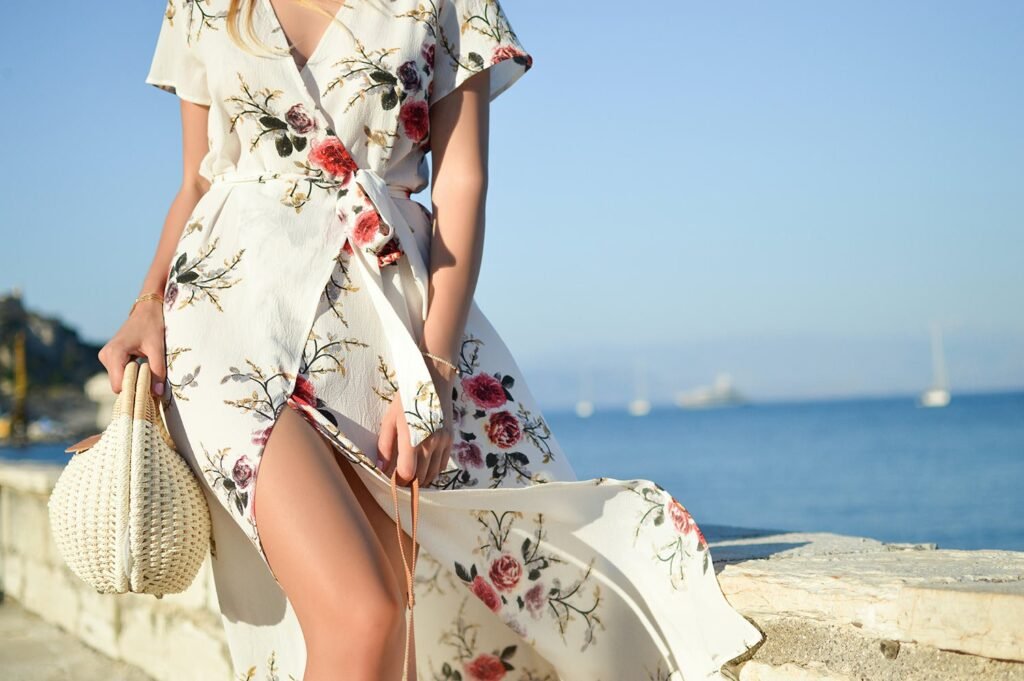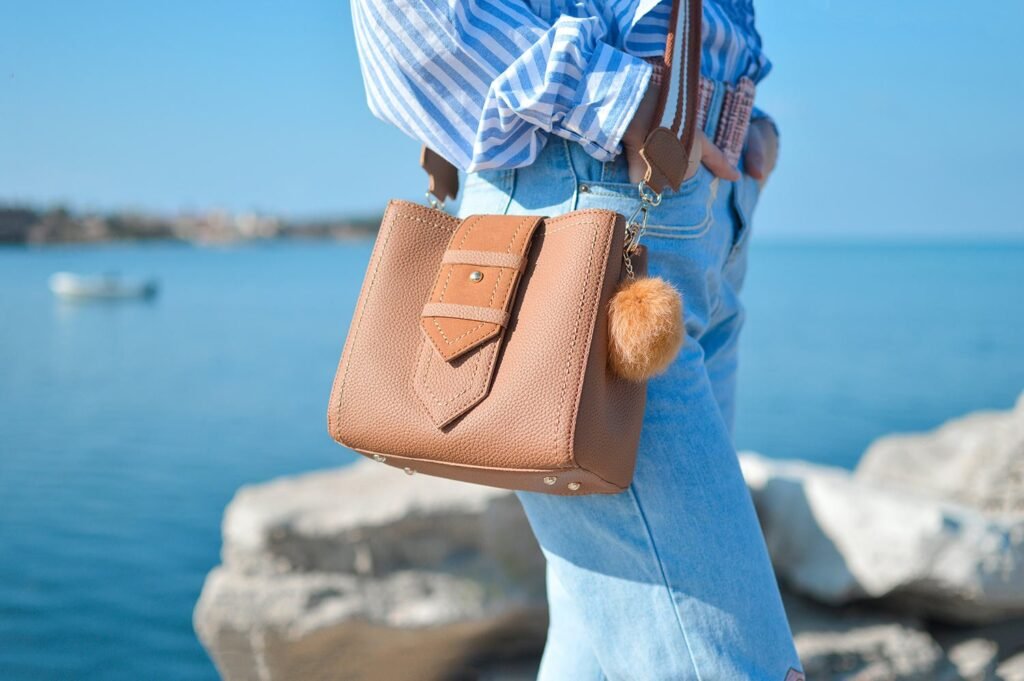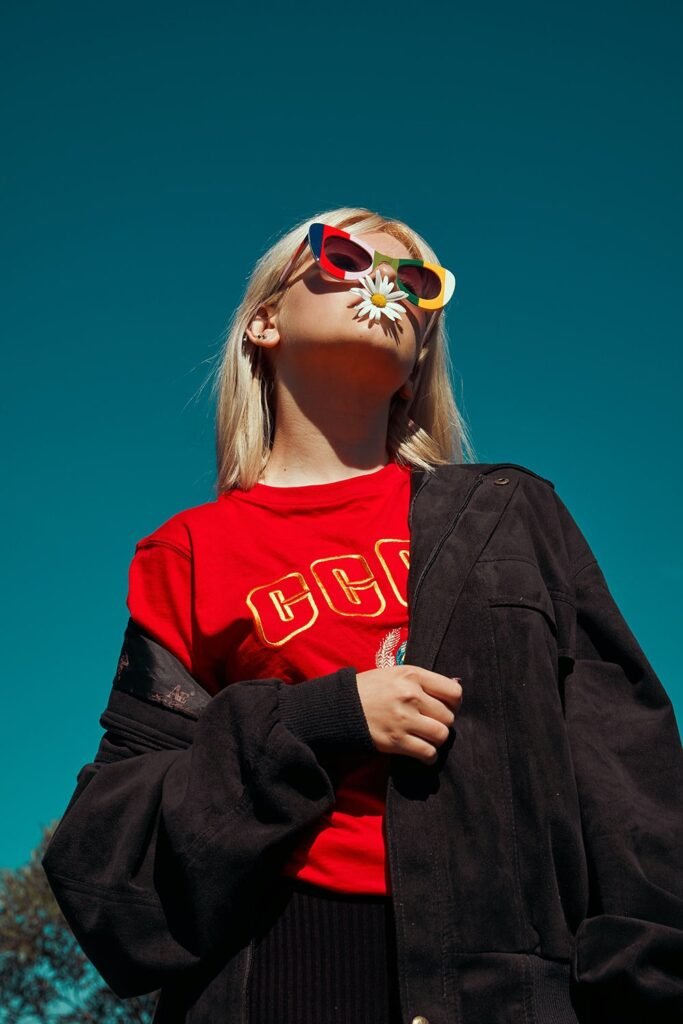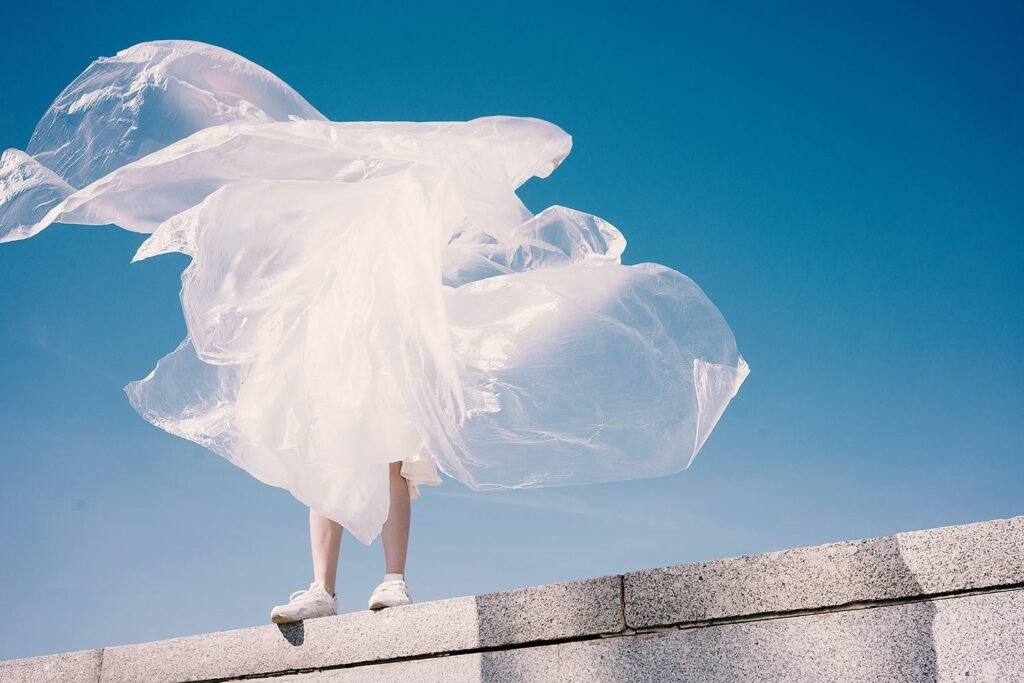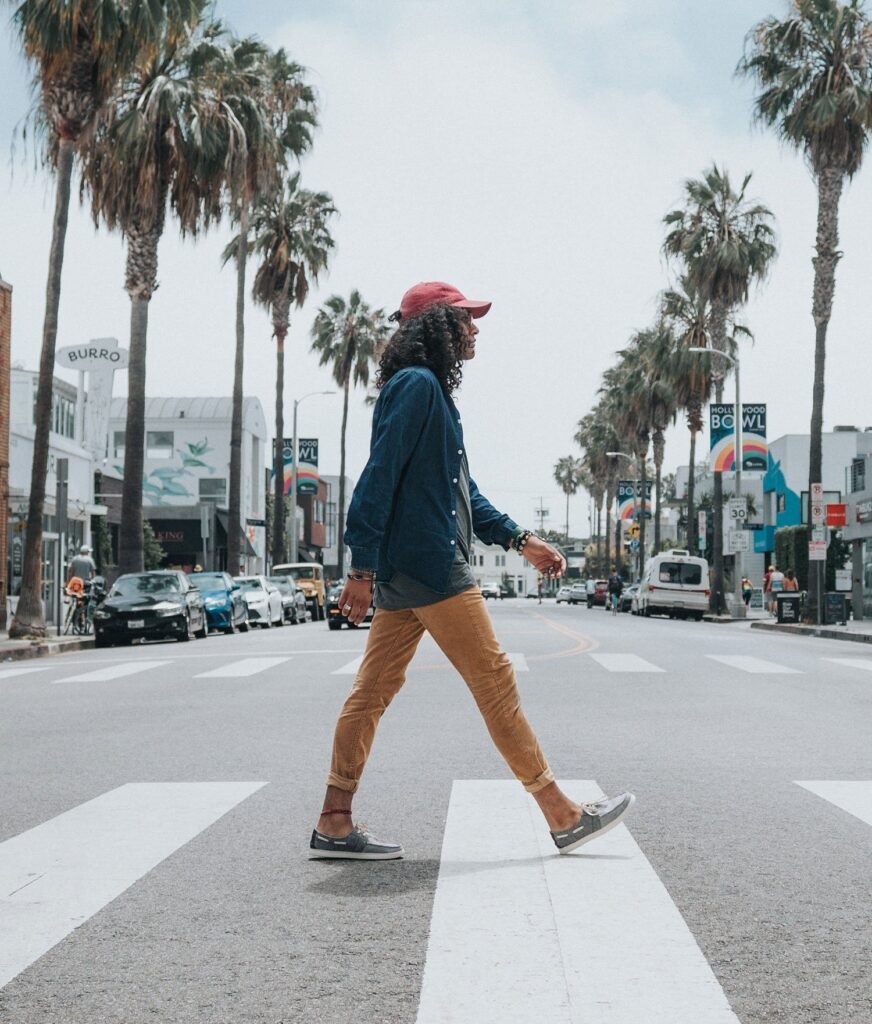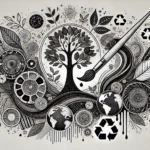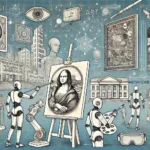The Revival of Retro: Nostalgia as a Creative Style

In an era dominated by innovation and future-focused trends, the revival of retro styles is a refreshing nod to the past. From bold color palettes to iconic patterns, nostalgia has become a powerful creative tool across art, fashion, and design. This revival isn’t just about aesthetics—it’s a way to connect with emotions, memories, and cultural history. Here’s why nostalgia is redefining creativity and captivating audiences worldwide.
What is Retro Style?
Retro style draws inspiration from past decades, reviving trends and design elements that once defined those eras. While it’s most commonly associated with the mid-20th century (1950s to 1990s), the term “retro” encompasses a wide range of styles and periods.
Key Features of Retro Style:
- Vibrant Colors: Think mustard yellows, avocado greens, and bubblegum pinks.
- Bold Patterns: Geometric shapes, floral prints, and checkerboard motifs.
- Classic Typography: Fonts like neon signs or groovy scripts reminiscent of old advertisements.
- Vintage Materials: Use of vinyl, chrome, wood paneling, and textured fabrics.
Why Nostalgia Works
- Emotional Connection:
- Nostalgia evokes comforting memories and a sense of familiarity.
- For many, retro designs remind them of simpler, happier times.
- Timeless Appeal:
- Retro styles have a timeless quality that blends effortlessly with modern aesthetics.
- Cultural Resurgence:
- The revival of retro is often tied to cultural shifts, as people seek authenticity and individuality in their creative expressions.
- Marketing Power:
- Brands tap into nostalgia to create campaigns that resonate with a wider audience.
Retro in Modern Creativity
- Art and Design:
- Artists are incorporating retro elements such as vintage posters, neon lights, and analog-inspired aesthetics into their works.
- Digital art platforms have popularized retro-inspired filters and designs.
- Fashion:
- Runways have seen the return of bell-bottom jeans, bold prints, and oversized sunglasses.
- Thrift stores and vintage shops are booming as people seek unique, retro-inspired pieces.
- Interior Design:
- Mid-century modern furniture, terrazzo surfaces, and retro color schemes are making a comeback in homes and offices.
- Pop Culture:
- TV shows like Stranger Things and movies like Once Upon a Time in Hollywood highlight retro settings, bringing vintage aesthetics to a new generation.
The Appeal of Retro for Artists
- Storytelling Through Design:
- Retro art allows creators to draw on historical and cultural references, adding depth to their work.
- Blending Old and New:
- Artists experiment with combining retro styles with modern technology, such as creating vintage-inspired NFTs.
- Accessibility:
- Retro elements are widely recognized and appreciated, making it easier for artists to connect with their audience.
How to Incorporate Retro into Your Art
- Study the Classics: Research iconic designs, patterns, and color schemes from your favorite decade.
- Modernize the Look: Blend retro elements with contemporary styles to create something fresh yet familiar.
- Experiment with Mediums: Try analog tools like film photography or screen printing to achieve authentic retro effects.
- Collaborate: Work with vintage brands or other creators to infuse retro inspiration into your projects.
Conclusion
The revival of retro isn’t just a fleeting trend—it’s a testament to the enduring power of nostalgia. By tapping into the charm of the past, artists and creators are crafting works that resonate emotionally and culturally. Whether you’re an artist, designer, or simply a lover of vintage aesthetics, retro styles offer endless inspiration and a chance to celebrate the beauty of bygone eras.
What retro trends inspire your creativity? Share your favorites in the comments below!













